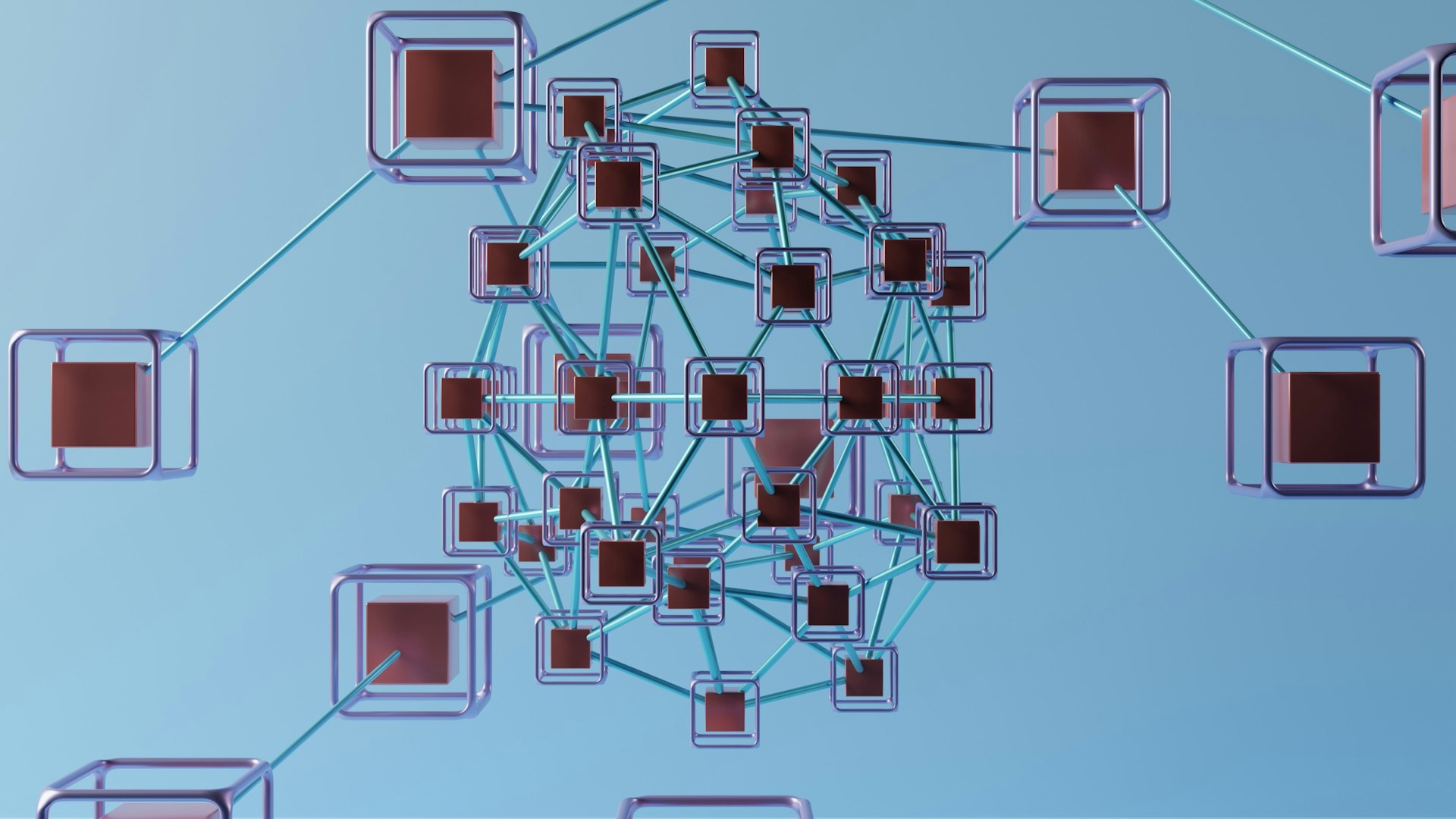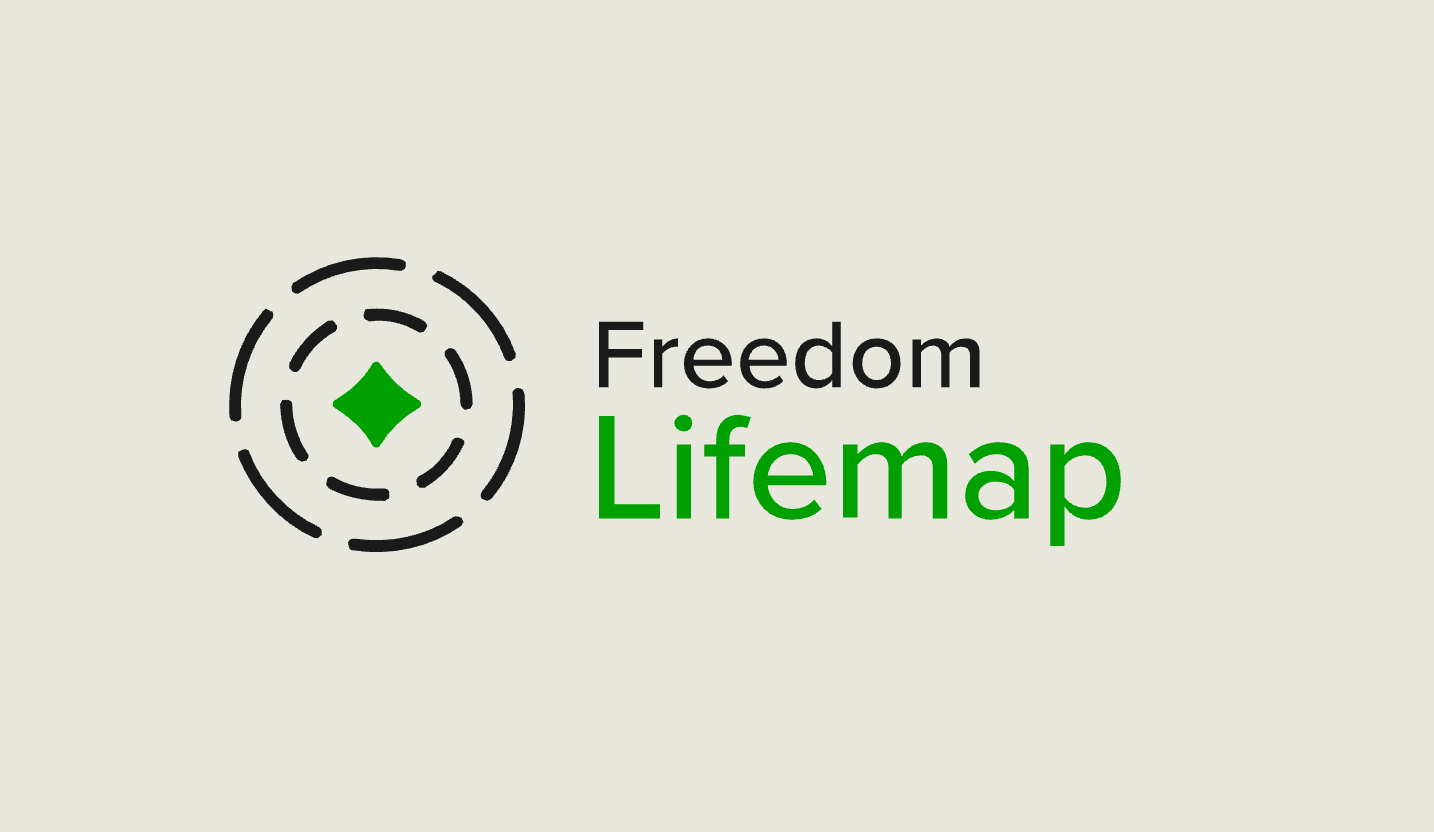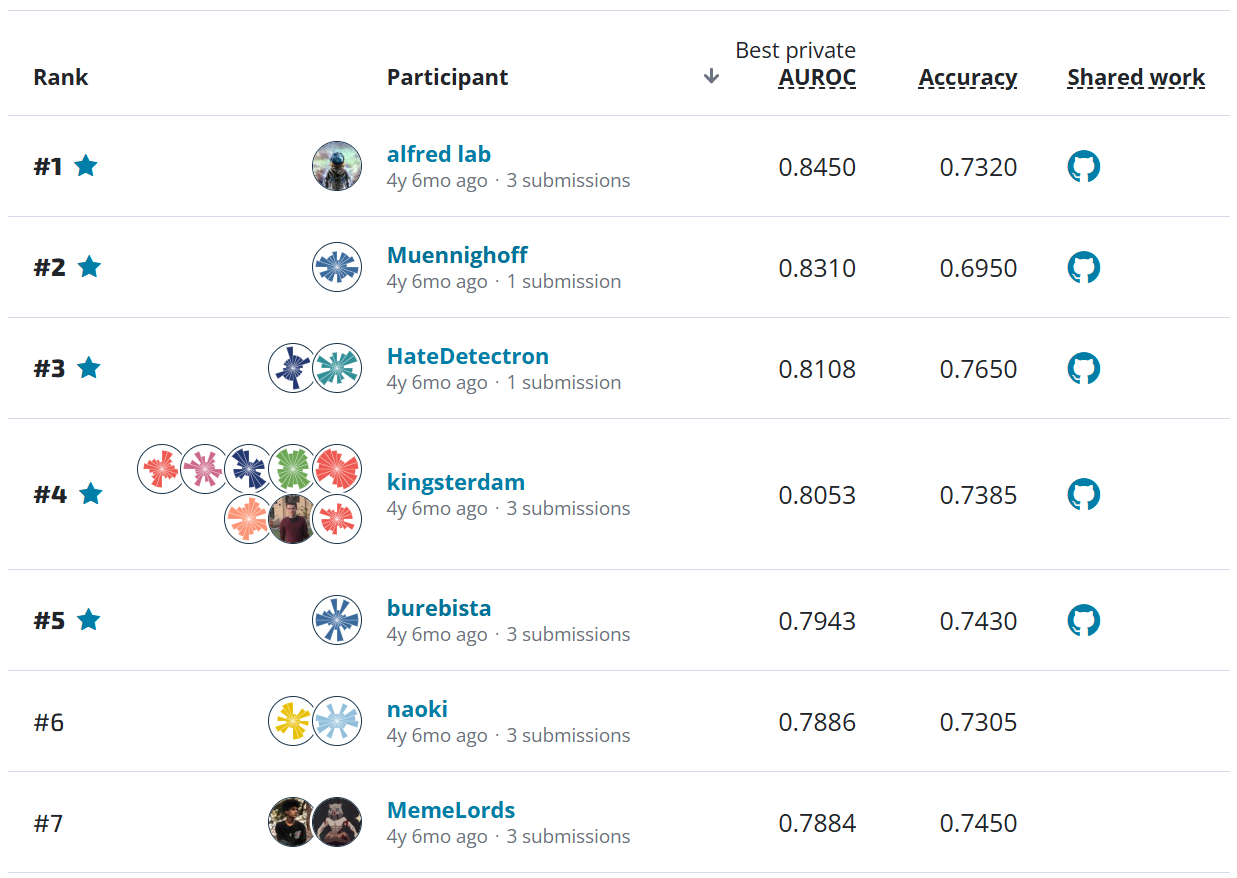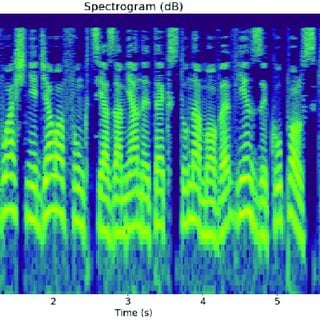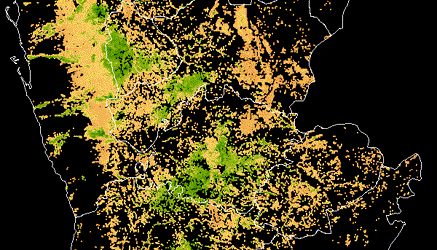
The ChatGPT AI explosion is changing the questions we ask about data ethics. For example: what is consciousness?
…
JK JK JK JK. This is not a troll piece. I promise this is real and practical. But, it’s not going to start that way so stick with me.
There has been a lot of talk about emergent properties recently, which is really bringing me back to my undergrad philosophy days. Is consciousness (or, to a lesser degree, reasoning) an emergent property of neural nets—specifically LLMs like ChatGPT?
In a philosophy class, one of the classic examples when discussing emergent properties is a tornado. A tornado is made up of debris and dust and air particles. But, the behavior of the tornado is not dependent on any particular particle in the tornado. The interactions in the system define the behavior of a tornado, define what it means to be a tornado. The property of being a tornado is emergent from the system.
The analogy to LLMs is simple: no single node in a neural network explains how the network works. Thus, philosophers ask the question: How do we explain where tornado-ness comes from?
I took an entire class on the 18th century Dutch philosopher Baruch de Spinoza, and he tackled the problem of emergent properties by saying that every particle is God. Not a piece of God, just is God. This leads to very sensible conclusions, like the conclusion that chairs think. No seriously, Spinoza believed that chairs think. I guess that if you believe that chairs think, you may not be too worried about neural networks also thinking.
But, as we see right now, lots of people are worried about neural networks thinking. So, let’s talk about those worries. I think some very important properties may be emergent, and that AGI is potentially dangerous, and yada yada yada future of the human race. However, these conversations are drowning out the real, substantive harms of AI systems that are already here. There has been a flurry of media attention to AI alignment and longtermist risks, and a good portion of the ChatGPT conversations I have jump to “killer AI” in about two leaps from “it drafted my email.” But that misses well understood harms that are right in front of us, and these are only going to get worse. Here’s why.
In the case of ChatGPT, the scale of the model was one of the critical breakthroughs that made a difference in degree look like a difference in category, largely because it resulted in specific emergent properties. For example, the emergent property of convincing an otherwise skeptical journalist that it was in love with him. There’s another difference of degree that is ramping up the harm caused by AI.
It used to be the case that there was a talent crunch on data scientists and ML engineers that could build AI systems. Now, there are probably hundreds of AI start-ups a day built on no ML knowledge or background, simply enough software engineering to use an API key. This has meant the scale and scope of AI applications is also ballooning.
Five years ago we started a project called Deon, which is an ethics checklist for data scientists. The purpose was simple: catalog the harms that were specific to machine learning in a way that helped practicing data scientists to mitigate those harms. The project was meant to be used as a grassroots way of building data ethics into projects. We provide examples for each checklist item where ignoring that item resulted in harm. We architected the checklist around the data science process so you could easily map relevant concerns to wherever you were in your project. Being grassroots was important: a checklist like this was easy to socialize to the relatively small group of data science practitioners engaged in good faith to build responsibly. That is not how data products on top of LLMs are being built now. And, importantly, that is not who is building them.
Our theory of change was that we could harness the community of data scientists to be stewards of data ethics by integrating it into their workflow. We spent a lot of time on talks and workshops at gatherings of AI practitioners like this one from my colleague Emily Miller called “Actionable Ethics in AI.” We talked about a long history of things gone wrong, like unintentional leaks of PII, measuring fairness of algorithms across groups, explaining model inferences in critical decision making scenarios, preventing unintended use and abuses of models, and making sure the model results present uncertainty accurately. What we did not anticipate was how quickly the deployment of AI would be done by a broader audience of software engineers who wouldn’t be attuned to these risks. There’s no gatekeeping now that is going to change that, and there’s no pause in model training that is going to make a difference.
Deon’s approach fails to meet the moment. The potential for harm no longer takes a direct route through a small community of practitioners that we can easily transmit ideas to. I now think that the only path forward is not practitioner-led. Instead, organizations and institutions need to take data ethics seriously. We need AI governance policies at companies that emphasize responsible deployment. We need institutional watch dogs that monitor and report on what companies and governments are doing. We need real government regulation with actual teeth that forces company lawyers to hold back engineering teams. We need expert journalists that can explain these complex and technical stories of harm to the public. These interventions need to not be zero-interest-rate phenomena. The scope of controls needs to match the scope of the tools themselves. I do think there’s some reason to be optimistic this is possible, but that’s a topic for another post.
The tornado as the introductory metaphor was not an accident. A tornado can do a lot of damage without us needing to know if it is capable of thinking, or if it “wants” to destroy us. Which, in Spinoza’s view, it very well might.






